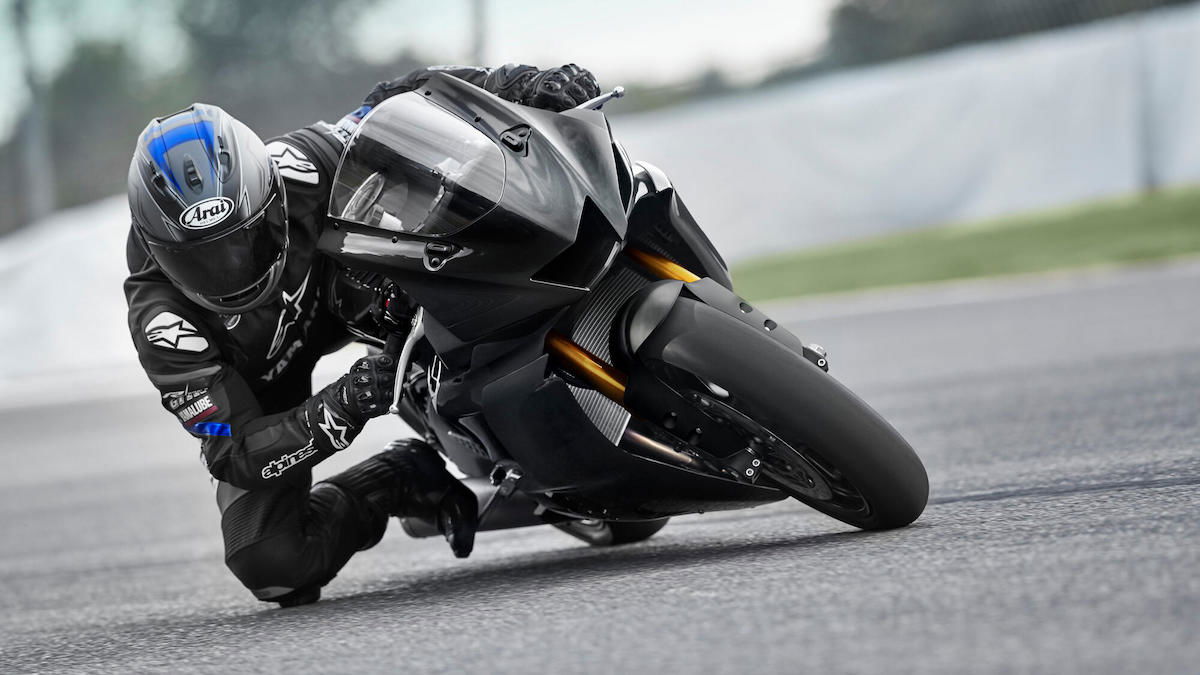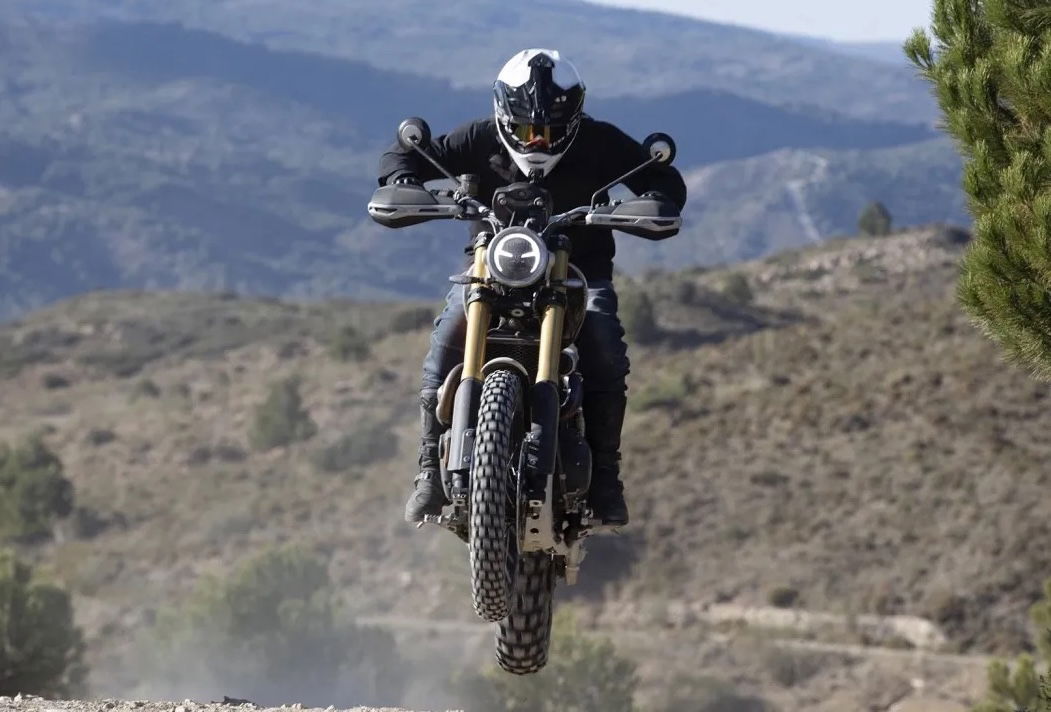Master-stroke | What are the Top 10 best two-stroke motorcycles worth today?
Here's our top ten list of the best two-stroke motorcycles of all time, and what they'll cost you today

THE recent unveiling of the British-built Langen Two-Stroke has once again put strokers back in motorcycling’s headlines – after all, what biker doesn’t love the lightweight powerband thrills, screaming banshee wail, and even the unique smoky scent only a two-stroke motorcycle brings?
The trouble is, of course, due to emissions regulations, racing rules and more, most of the great two-strokes are now things of the past. Which, of course, raises an interesting question: which were the greatest two-stroke motorcycle of all time? It’s a subjective subject. Does it bring to mind the GP500 greats of the ‘70s and ‘80s or street bikes? Do you include more sedate trailies or even trials bikes? And what about those bonkers ‘chainsaw’ motocrossers? Here’s our personal pick of the best – and what you’ll have to pay for one today – in chronological order….
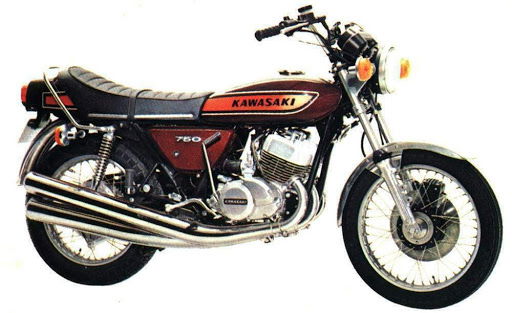
1971 Kawasaki H2 Mach IV, £16,000+
The Seventies may now be straining the memory of most of us but it was also undeniably a golden era for the two-stroke motorcycle before the motoring world started to get all sensible about excess smoke and fuel thirst. Indeed, up to 1976, Suzuki and Yamaha had barely produced a four-stroke with the former’s GT750 ‘Kettle’ water-cooled triple and the latter’s coffin-tanked RD250/400 twins being formative machines for a generation of flares-wearing youth. But one bonkers bike stands out. Kawasaki’s H2 Mach IV 750 triple had it all – in fact it probably had far too much: Launched September 1971 it predated 1972’s Z1 900 and confirmed Kawasaki in the extreme performance firmament; as a development of the already outrageous 1969 H1 Mach III 500
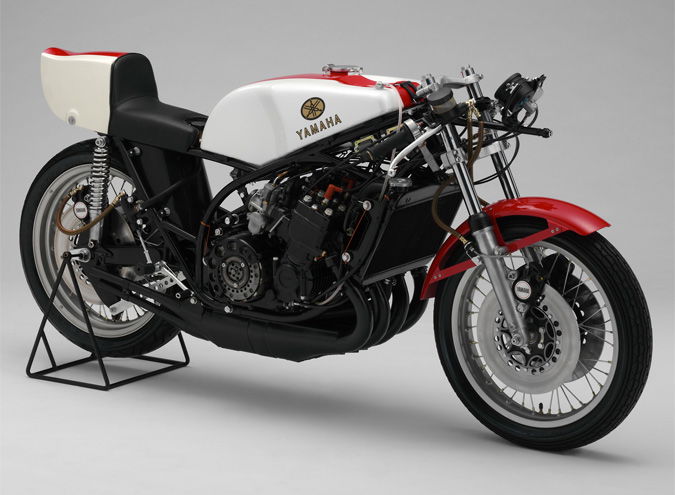
1974 Yamaha TZ750, £50,000+
When it comes to the golden age of the grand prix two-stroke motorcycle plenty of bikes come to mind: Mick Doohan’s masterful ‘big bang’ NSR500, Honda’s game-changing NS500 triple, Suzuki’s dominant RG500 square four as made most famous by Barry Sheene… the list goes on. One manufacturer stands out, however. Yamaha produced over-the-counter two-stroke TZ racers of various capacities throughout the ‘70s and ‘80s but its monster, straight four TZ750, which debuted in 1974, tops them all. A development of the TZ700 it was the go-to bike for privateers, manufactured up to 1979 and produced up to 120bhp. It won countless F750, Daytona 200 and open class races, was the launch pad for the likes of Ron Haslam and was dubbed by US magazine Motor Cyclist “The most notorious and successful racing motorcycle of the 1970s”.
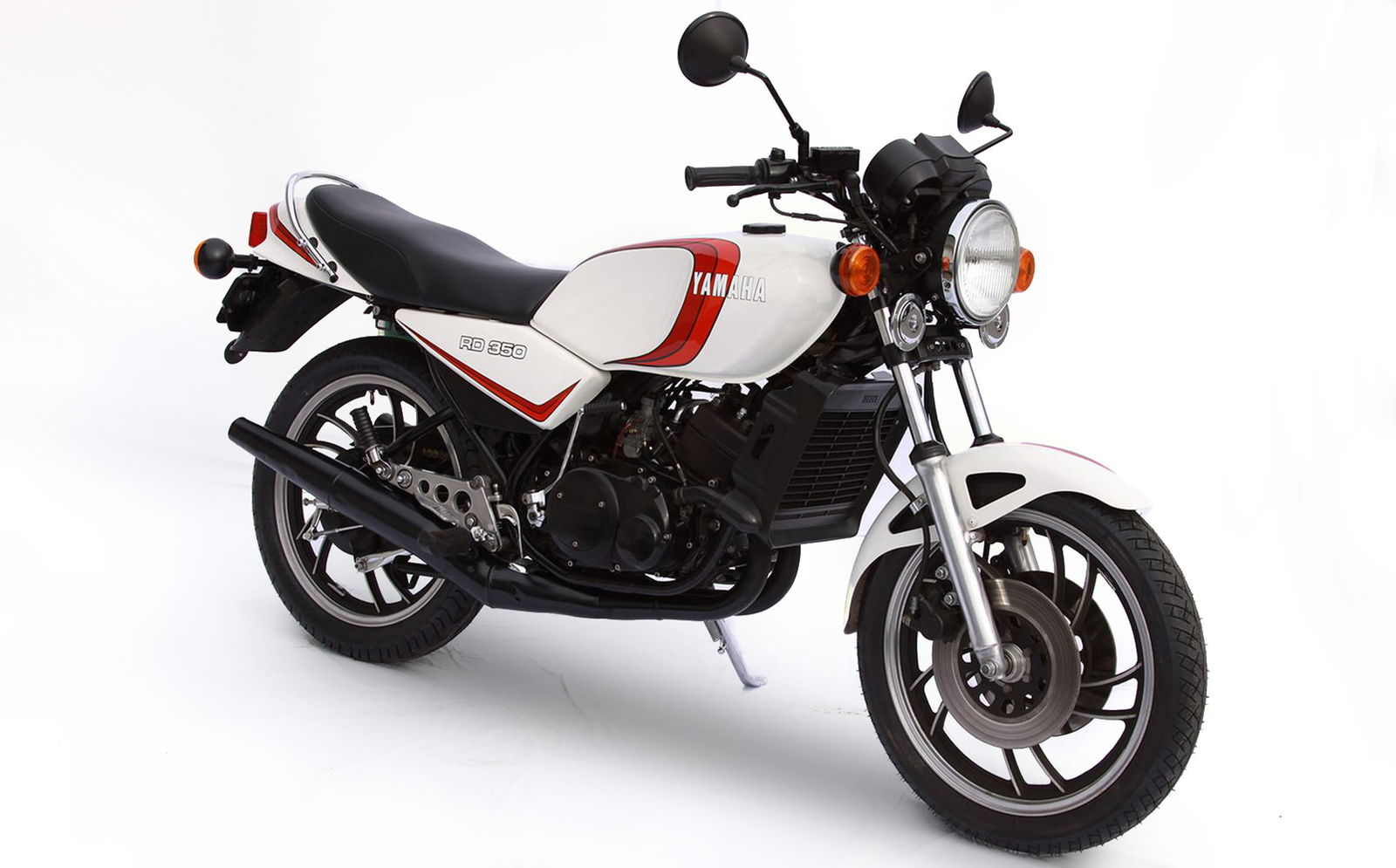
1980 Yamaha RD350LC, £7500+
Far too much has already been written about Yamaha’s landmark, generational ‘Elsie’, so let’s keep it brief: The successor to Yamaha’s 1970s RD400 was designed for Europe (due to tougher US emissions regs), inspired by racing TZs (hence the liquid-cooling, monoshock rear and black/white paint), had plenty of UK input via Yamaha Europe and looked great, so it was off to a flier before it had turned a wheel. On the road it was better still: fast enough to embarrass 750/4s, decent, light handling, a thrilling 6000rpm powerband it was also a winner on track, had a dedicated one-make race series on TV and was even promoted by Barry Sheene. In short it couldn’t fail. It didn’t. The hottest bike of the early 1980s was voted Bike of the Year twice, was the most stolen bike in Britain and today is a revered classic with values skyrocketing. Did anybody NOT want an LC?
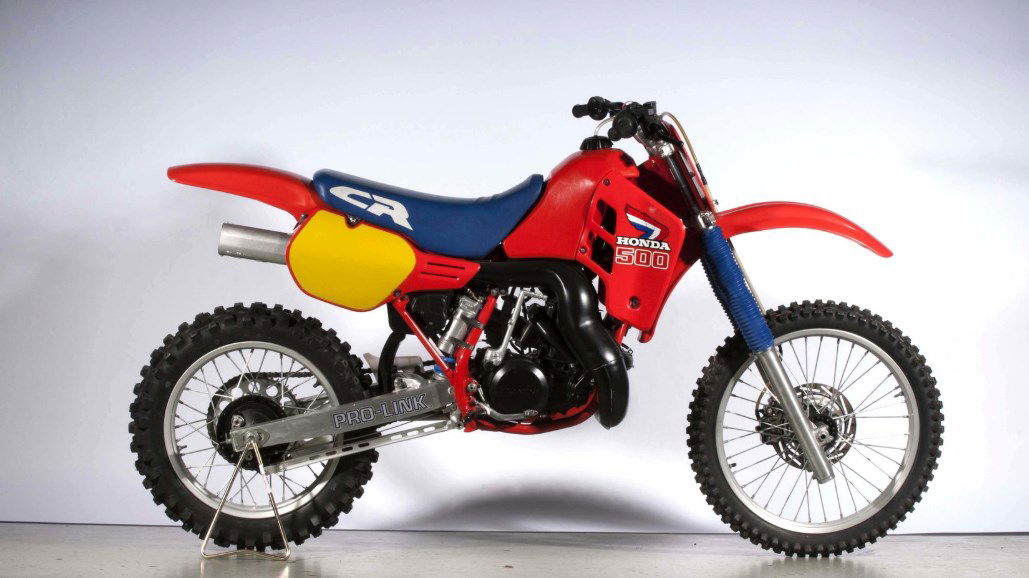
1985 Honda CR500R, £10,000+
It’d be far too easy to ignore the off-road world completely with their itsy bitsy little stroker singles. But with reputed ‘widow-makers’ such as Kawasaki’s 1990s KX500, Maico’s 500 (and sometimes 700cc) madcap motocrosser and even hugely successful trials bikes from the likes of Bultaco, Montesa, Beta and more on offer, we’re not going to do that. Instead we’re going for Honda’s reputedly man-eating liquid-cooled CR500 of 1985. Although Honda had won the 500 MX crown with Graham Noyce in 1979 it didn’t dominate the class until it brought out its first liquid-cooled monster in 1985, reputedly the most powerful bike in the class. Its dominance thereafter speaks for itself, gaining back-to-back titles for Britain’s Dave Thorpe and winning the crown eight years in a row. No other open class two-stroke MXer came close.

1985 Yamaha RD500LC, £15,000+
Many regard the GP replica 400/500s of the mid-1980s as the ultimate road-going two-stroke motorcycle – and with good reason. Yamaha’s RD500LC, Honda’s NS400R both of 1985 and Suzuki’s RG500 from the following year were as extreme as street strokers got with GP-alike styling, the most sophisticated brakes and suspension available and three (NS) and four-cylinder liquid-cooled two-stroke motors producing 70bhp+ and the biggest buzz available. In reality, of course, they were expensive, no quicker and less useful than a GPZ600R or CBR600F and didn’t sell well. Today that doesn’t matter. Icons of their era their values are skyrocketing now towards £20K, are still mouth-watering to look at and send shivers down grown men’s’ spines. The RG was arguably best, the NS the most usable and the RD the first. We’ll take the latter.

1994 Honda NSR250 (MC28), £8500+
If the 500cc GP replica strokers of the mid-80s weren’t a sales success, their quarter-litre (250) little brothers certainly were – even if we in the UK never officially got the best versions of all. The reason for that is wholly down to their size – and a little bit their affordability. Japanese licence laws meant supersport 250 two-stroked/400cc four-strokes were in huge demand domestically prompting a flurry of ever more exotic machines. In the UK, meanwhile, although our 250 learner law had long passed, 250 sportsters like the Suzuki’s RGV250, Yamaha’s TZR250 and Kawasaki’s KR-1/S remained popular – something bolstered further by their popularity in supersport production racing. The heat was then turned up even further with the mid-1990s popularity of ‘grey imports’ whereby used Japanese market machines, devalued by extreme MoT laws, were bought by their container-load and shipped to the UK. 400s and 250s such as the NC30, FZR400 and NSR250 were a popular choice but the most desirable of all was Honda’s ultimate 250GP replica, the 1994 ‘MC28’ NSR. The stroker V-twin was the spitting image of Luca Cadalora’s 1992 world championship winner, right down to its single sided swing arm, Rothmans paint and ‘Smart Card’ keyless ignition. Glorious.

2014 Ronax 500 V4, c.£86,000
Tightening emissions regulations rang the death knell for street strokers in Europe in the late ‘90s, with the last significant offerings being Aprilia’s Suzuki-powered RS250 and Bimota’s flawed V-Due, resulting in all offerings since being track-only or ultra-limited production, SVA type machines. Still, there have been more than a few to get excited about. The Ronax 500 was one of the first of these. First announced in 2014, this German-built, NSR500-alike V4 stroker boasted a claimed 160bhp, was also claimed to be road legal (probably something to do with just 46 being built) and cost a whopping €100,000. To be honest, we haven’t seen one since and are probably unlikely to, even if that many were built. Even if it was just one it would have been enough to make it onto this list!
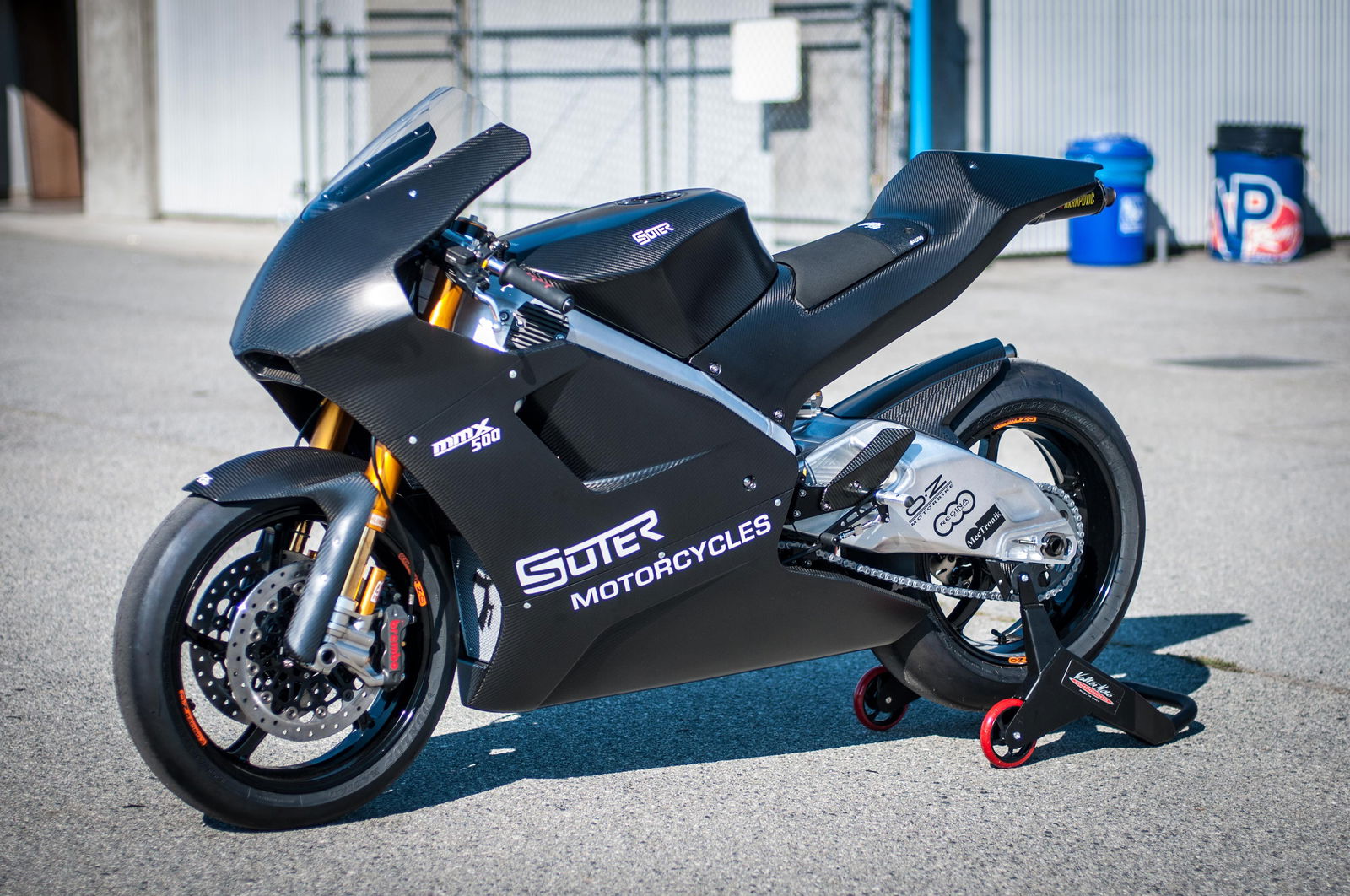
2017 Suter MMX 500, £87,000
While the Ronax was essentially a tribute to the GP500 strokers of the 1990s, the Swiss-built Suter MMX was instead an interpretation of what a MotoGP bike might have been like if the series had never switched to four-stroke power in 2001. Its chassis and styling are similar to the short-lived Ilmor 800cc MotoGP four-stroke, which is no real surprise as that bike used a Suter-made chassis, while its engine is a 576cc twin-crank V4 making a claimed 195hp. The production run was intended to be just 99 bikes, although we’ve no confirmation anything like that number have been built, it was campaigned, briefly, at the TT by Ian Lougher and it’s not road legal. As an icon of two-stroke technology, however, it’s simply stunning.
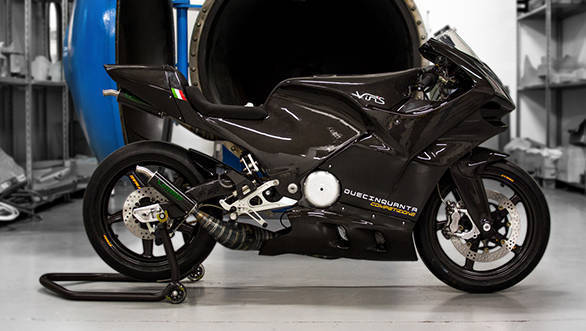
2017 Vins Duecinquanta, £35,600-44,500
You’re probably familiar with Italian exotica outfit Vins. It was founded by a bunch of ex-Ferrari F1 engineers a little shy of a decade ago to explore the idea of getting modern, direct injection two-strokes through the latest, stringent Euro emissions regulations. It debuted with a saucy, 100cc V-twin called the Powerlight in 2015 and in 2017 followed it up with this 250 version, again featuring an exotic, ultra-light, carbon fibre monocoque chassis complete with Hossack style carbon fibre front suspension and even carbon fibre wheels. Two versions were developed: a street-legal version displacing 249cc and a larger, 288cc track-only variant claimed to weigh less than 85kg and make more than 80bhp.
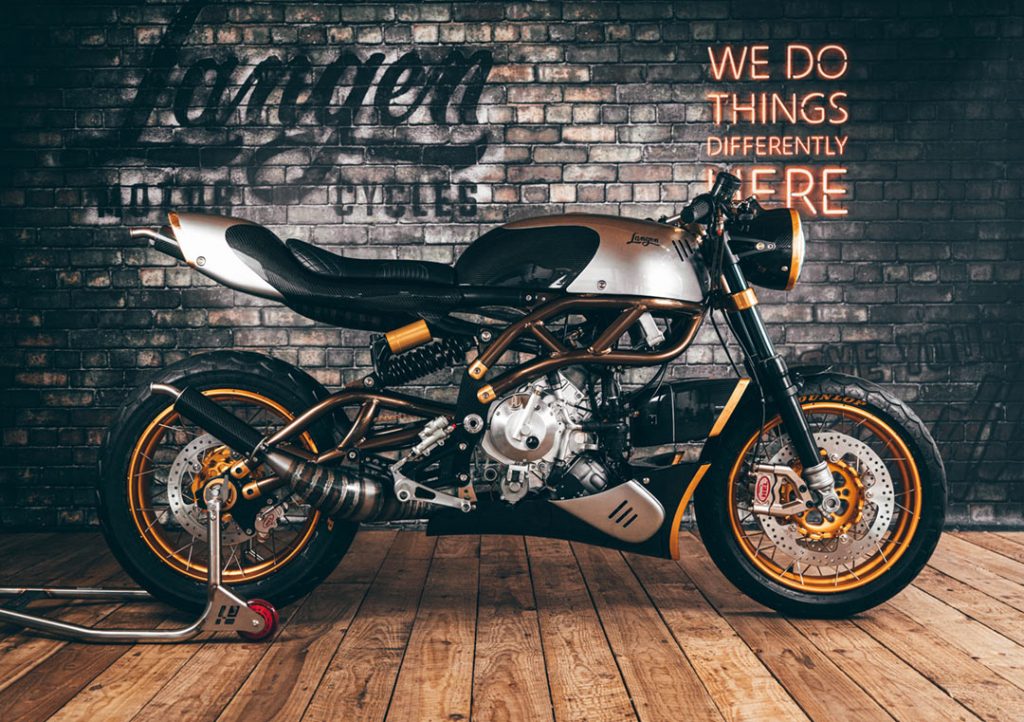
2021 Langan Two Stroke, £28,000+VAT
Most recent but by no means least is of course the new Langan. It’s the brainchild of ex-CCM engine Christofer Ratcliffe and was founded last year to explore a new breed of British café racer inspired, lightweight, two-stroke sportsters. The result is powered by a Vins (see above) direct injection 249cc two stroke V-twin producing a claimed 75bhp which, held in in an ultra-lightweight, minimalist aluminium space frame complete with Ohlins RWU forks, wire rims, HEL brakes, carbon fuel tank etc weighs just 114kg – enough to give an impressive power:weight ratio of 660hp per tonne. We haven’t ridden it yet – but can’t wait until we do. Who said the two-stroke is dead?
